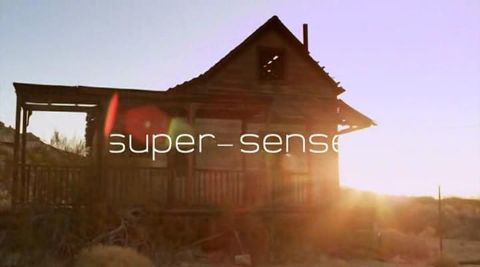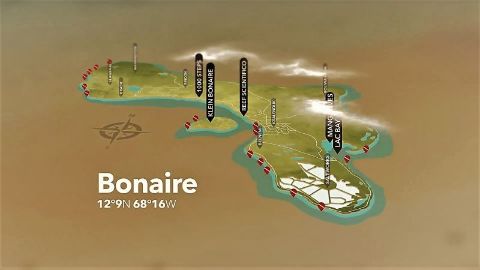Wild Scandinavia • 2023
Discover a land of hauntingly beautiful coasts, magical forests, and volcanic and arctic extremes - and the lynx, orcas, puffins and wolves who call this frozen kingdom home. Chapter 1: Life on the Edge Wild and unpredictable, the Scandinavian coast is a place of haunting beauty and dangerous extremes - a journey from storm-swept islands crowded with seal pups to 3,000ft deep fjords where sea eagles fly and base jumpers parachute from the edge. In the far north, tropical currents and Arctic seas collide, creating riches - billions of herring tracked by orcas and humpback whales - while providing a home to thousands of seabirds, including the feisty puffin. Chapter 2: Heartlands Great forests form the heart of Scandinavia, stretching towards the Arctic and cutting through with a labyrinth of waterways. Incredible creatures like lynxes, wolves, bears and reindeer must survive the ever-changing seasons - from the chilling grip of winter to the warm riches of summer. Here, all life is deeply interconnected through surprising and ancient partnerships, creating a balance that has evolved over millennia. Chapter 3: Ice and Fire Scandinavia's northern extremes have been shaped by ice and fire, but it's the sun that reigns over these frozen kingdoms. Here, musk oxen, polar bears and arctic foxes must endure the long, dark polar night, but in spring, the sun's return ignites a dramatic transformation in the landscape and heralds the return of thousands of migrant visitors. Under the midnight sun, the north bursts into a sleepless rush of life and opportunity, a race against time to raise a family, but for some, it's the summer heat which brings the greatest dangers before the first frost and winter's welcome return.
Make a donation
Buy a brother a hot coffee? Or a cold beer?
Hope you're finding these documentaries fascinating and eye-opening. It's just me, working hard behind the scenes to bring you this enriching content.
Running and maintaining a website like this takes time and resources. That's why I'm reaching out to you. If you appreciate what I do and would like to support my efforts, would you consider "buying me a coffee"?
Donation addresses
BTC: bc1q8ldskxh4x9qnddhcrgcun8rtvddeldm2a07r2v
ETH: 0x5CCAAA1afc5c5D814129d99277dDb5A979672116
With your donation through , you can show your appreciation and help me keep this project going. Every contribution, no matter how small, makes a significant impact. It goes directly towards covering server costs.





